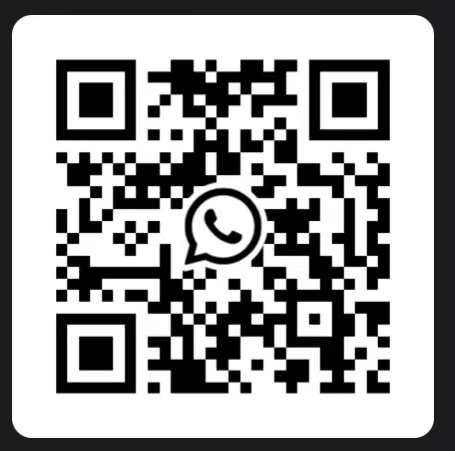In today’s rapidly evolving healthcare landscape, patient safety and efficient anesthesia management are paramount. One such advancement in this field is the respiratory anesthesia module, a critical component of modern patient monitors. This advanced module is designed to accurately measure and monitor the respiratory function of patients undergoing anesthesia, contributing to better overall outcomes.
The respiratory anesthesia module comprises various sensors and algorithms specifically designed to measure and analyze key respiratory parameters such as tidal volume, respiratory rate, oxygen saturation, and end-tidal carbon dioxide levels. These parameters provide essential information about a patient’s lung function, ventilation, and gas exchange during anesthesia. By continuously monitoring these variables, healthcare providers can assess the patient’s respiratory status in real-time, adjusting anesthesia levels accordingly to ensure optimal ventilation and oxygenation.
Additionally, the respiratory anesthesia module integrates seamlessly with other monitoring systems, such as pulse oximeters and capnography devices, allowing for comprehensive data collection and analysis. This integration enables healthcare providers to obtain a holistic view of the patient’s respiratory function, enhancing their ability to make informed decisions and take prompt actions in case of any adverse events or complications.
Moreover, the module incorporates advanced alarm systems that notify medical personnel when certain respiratory parameters deviate from the predefined safety limits. These alarms serve as early warning signals, alerting healthcare providers to potential issues such as hypoventilation, apnea, or airway obstruction, thus enabling timely interventions to ensure patient safety.
In summary, the respiratory anesthesia module in a patient monitor is an invaluable tool that aids healthcare providers in the management of anesthesia. By monitoring and analyzing key respiratory parameters, integrating with other monitoring devices, and providing timely alarms, this module enhances patient safety, facilitates optimal ventilation, and contributes to improved anesthesia outcomes. Its incorporation into modern patient monitor systems signifies a significant step towards advancing patient care and ensuring positive surgical outcomes.
Post time: Sep-28-2023









